-
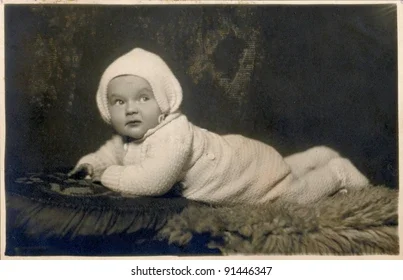 Maria Irene Fornes was born on May 14, 1930, in Havana, Cuba. She lived in the capital. She was the youngest out of six children. Her mother was a school teacher, and her father was a civil service employee.
Maria Irene Fornes was born on May 14, 1930, in Havana, Cuba. She lived in the capital. She was the youngest out of six children. Her mother was a school teacher, and her father was a civil service employee. -
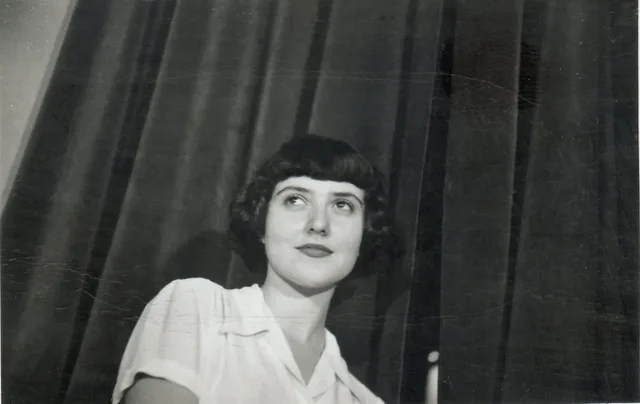 Her family immigrated to the United States shortly after her father passed away due to a heart attack. She was only 15 when she moved, and she picked up English very early on. The reason they moved to the U.S. was that Maria's mother had family there, and they would tell her stories about their time there. So in preparation, she learned English beforehand.
Her family immigrated to the United States shortly after her father passed away due to a heart attack. She was only 15 when she moved, and she picked up English very early on. The reason they moved to the U.S. was that Maria's mother had family there, and they would tell her stories about their time there. So in preparation, she learned English beforehand. -
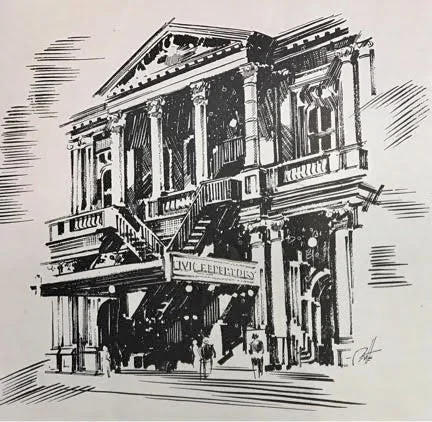 Shortly after arriving in New York, Maria did not attend high school. Because of this, Maria was an autodidact (self-taught learner); she never completed high school, but she still pursued an artistic path. She took a small folk-dance class. She briefly studied acting at the Civic Repertory Theatre School, but did not complete a full course. She did not want to become an actress, but a visual and creative sight of art inspired her during this time.
Shortly after arriving in New York, Maria did not attend high school. Because of this, Maria was an autodidact (self-taught learner); she never completed high school, but she still pursued an artistic path. She took a small folk-dance class. She briefly studied acting at the Civic Repertory Theatre School, but did not complete a full course. She did not want to become an actress, but a visual and creative sight of art inspired her during this time. -
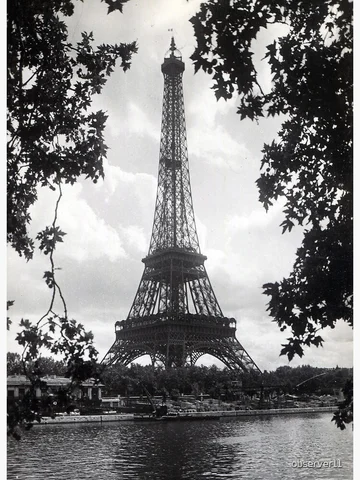 Maria moves to Paris, France, originally to study painting and immerse herself in the art scene. She is in her early 20s at this time. While in Paris, she frequently visited art galleries, museums, and theatre performances.
Maria moves to Paris, France, originally to study painting and immerse herself in the art scene. She is in her early 20s at this time. While in Paris, she frequently visited art galleries, museums, and theatre performances. -
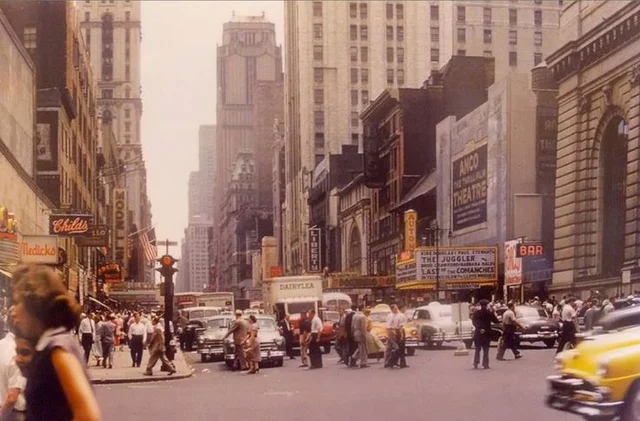 After being in Paris, France, for 3 years, she realized she was more drawn to theatre and plays than visual art. So she became interested and experimental with avant-garde theatre. Which is a more innovative and experimental theatrical works that explore new ideas and challenges traditional forms.
After being in Paris, France, for 3 years, she realized she was more drawn to theatre and plays than visual art. So she became interested and experimental with avant-garde theatre. Which is a more innovative and experimental theatrical works that explore new ideas and challenges traditional forms. -
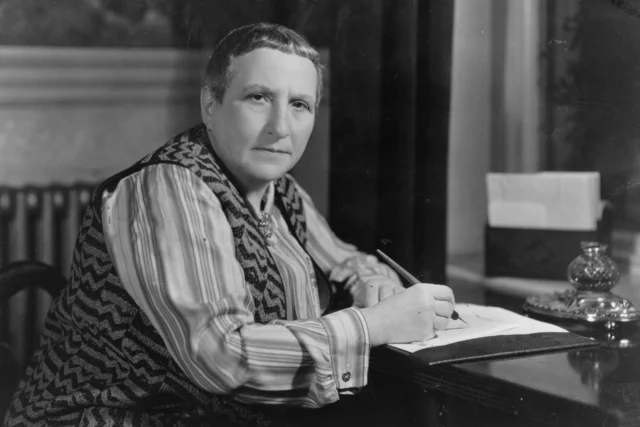 Maria found her share of creativity through another artist, Gertrude Stein. She was a modernist author, poet, and collector of art, and is known for her experimental style. Maria uses repetitive speech, with more focus on how things are expressed and not just how it is said.
Maria found her share of creativity through another artist, Gertrude Stein. She was a modernist author, poet, and collector of art, and is known for her experimental style. Maria uses repetitive speech, with more focus on how things are expressed and not just how it is said. -
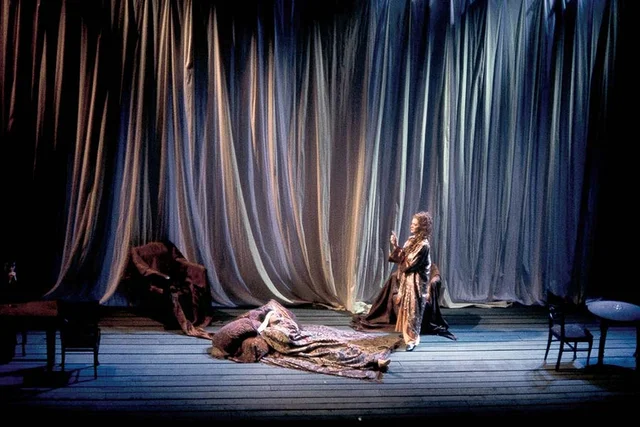 Her first ever play was La Viuda. It tells a story of a woman who lost her husband and struggles mentally after his death. Throughout the play, she expresses her loneliness, regrets, and her overall mourning. The play is written in Spanish, and Maria later states that it was inspired by a few letters her cousin sent to her.
Her first ever play was La Viuda. It tells a story of a woman who lost her husband and struggles mentally after his death. Throughout the play, she expresses her loneliness, regrets, and her overall mourning. The play is written in Spanish, and Maria later states that it was inspired by a few letters her cousin sent to her. -
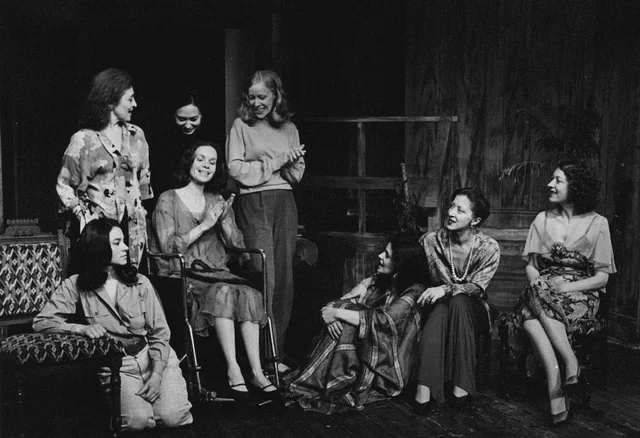 After her first play, she began to write many other plays, including Tango Palace, Pomegranate, The Successful Life of Three, Enter the Night, and Molly’s Dream. But her most notable one was the play "Fefu and Her Friends." It's about 8 women who live in one house and have themes such as friendship, girlhood, and identity. This was a common subject to find in her plays all the way up to the 90s
After her first play, she began to write many other plays, including Tango Palace, Pomegranate, The Successful Life of Three, Enter the Night, and Molly’s Dream. But her most notable one was the play "Fefu and Her Friends." It's about 8 women who live in one house and have themes such as friendship, girlhood, and identity. This was a common subject to find in her plays all the way up to the 90s -
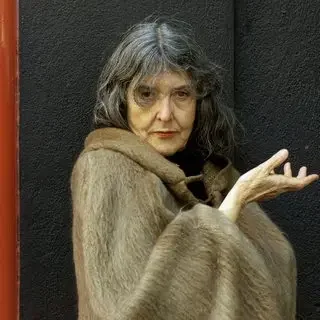 During her late works, Maria started to write about reflection, cultural history, family, and human connection. This is a significant departure from what she usually writes about; her plays before were much cheerier and more fun.
During her late works, Maria started to write about reflection, cultural history, family, and human connection. This is a significant departure from what she usually writes about; her plays before were much cheerier and more fun. -
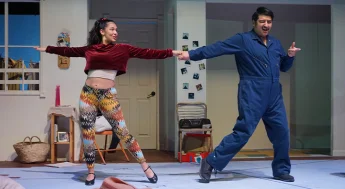 An example of this huge shift in her writing was her play Letters from Cuba. This play tells a story about a person named Fran, and she's a dancer from New York; however, her brother lives in Cuba. They still stay connected through a series of letters. The play set up shows their distance by having two areas and making it look like they're so close, yet so far.
An example of this huge shift in her writing was her play Letters from Cuba. This play tells a story about a person named Fran, and she's a dancer from New York; however, her brother lives in Cuba. They still stay connected through a series of letters. The play set up shows their distance by having two areas and making it look like they're so close, yet so far. -
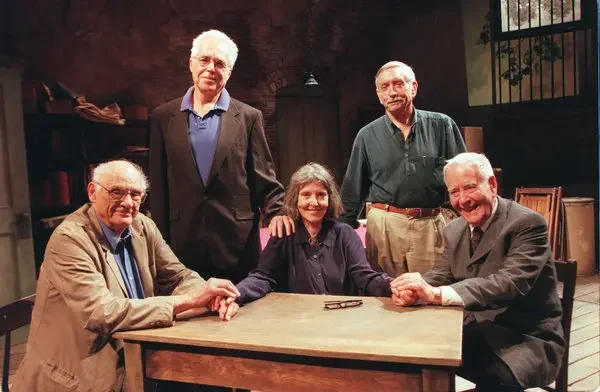 During this time, she started to mentor early writers and theatre playwrights. She led workshops like the INTAR Hispanics Playwrights Lab in NYC. She was able to teach and shape the careers of Nilo Cruz, Caridad Svich, and Migdalia Cruz. They were all able to replicate her writing style, often writing about culture, connections, and having deep morals in their plays. She was able to shape their early careers and guide them to the right path of theatre.
During this time, she started to mentor early writers and theatre playwrights. She led workshops like the INTAR Hispanics Playwrights Lab in NYC. She was able to teach and shape the careers of Nilo Cruz, Caridad Svich, and Migdalia Cruz. They were all able to replicate her writing style, often writing about culture, connections, and having deep morals in their plays. She was able to shape their early careers and guide them to the right path of theatre. -
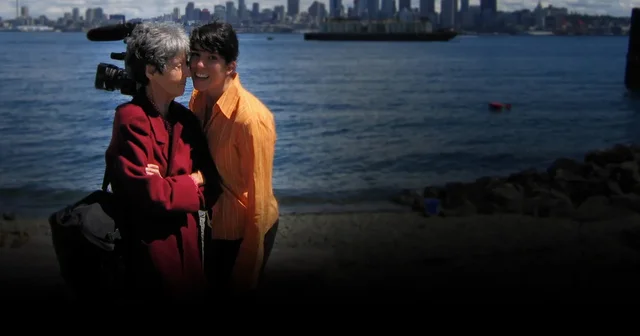 Sadly, around this time, Maria started to experience memory loss. It was very noticeable. Despite this, she kept making plays, such as Divine. It's about a 13-year-old girl who has a crush on a boy and her friendship with her friend, Yeye. It explores themes such as girlhood, identity, and youth.
Sadly, around this time, Maria started to experience memory loss. It was very noticeable. Despite this, she kept making plays, such as Divine. It's about a 13-year-old girl who has a crush on a boy and her friendship with her friend, Yeye. It explores themes such as girlhood, identity, and youth. -
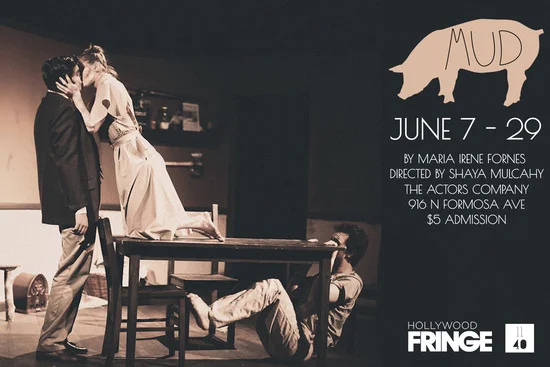 In 2006, she was finally diagnosed with Alzheimer's disease. This began to affect her process of writing plays and her creativity and depth in her work. But she kept teaching and was still often celebrated with festivals specifically for her.
In 2006, she was finally diagnosed with Alzheimer's disease. This began to affect her process of writing plays and her creativity and depth in her work. But she kept teaching and was still often celebrated with festivals specifically for her. -
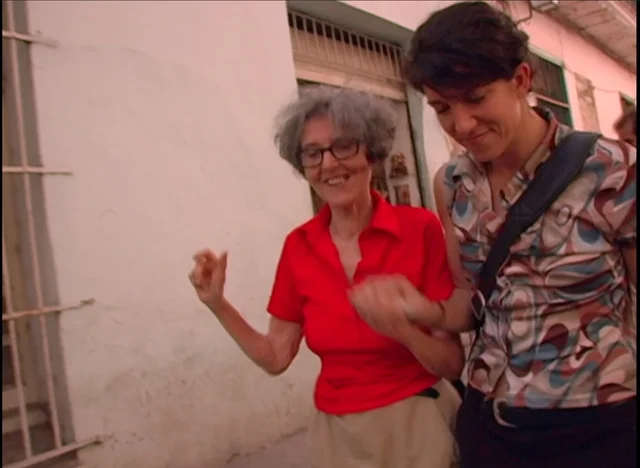 Maria's Alzheimer's disease worsened, and she stopped writing a few plays that she was working on at the time. However, she began to be friends with Michelle Marran(they met in 1999, but got closer in the 2000s), a journalist and filmmaker. During their time together, they were able to take care of each other while still focusing on their careers. Even with Maria's memory fading, she was able to express herself with Michelle, and even Maria re-inspired Michelle's connection with art.
Maria's Alzheimer's disease worsened, and she stopped writing a few plays that she was working on at the time. However, she began to be friends with Michelle Marran(they met in 1999, but got closer in the 2000s), a journalist and filmmaker. During their time together, they were able to take care of each other while still focusing on their careers. Even with Maria's memory fading, she was able to express herself with Michelle, and even Maria re-inspired Michelle's connection with art. -
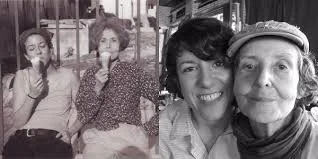 Around the late 2000s, Michelle and Maria, throughout the years, recorded their conversations and included them in the film. Maria and Michelle were working on a documentary showing Maria Fornes' last decade of her life. It shows Maria's art throughout the years, such as her paintings, her spending time with friends, storytelling, and her unique approach to theatre as a whole. It would later be released, but it was still being worked on at the time.
Around the late 2000s, Michelle and Maria, throughout the years, recorded their conversations and included them in the film. Maria and Michelle were working on a documentary showing Maria Fornes' last decade of her life. It shows Maria's art throughout the years, such as her paintings, her spending time with friends, storytelling, and her unique approach to theatre as a whole. It would later be released, but it was still being worked on at the time. -
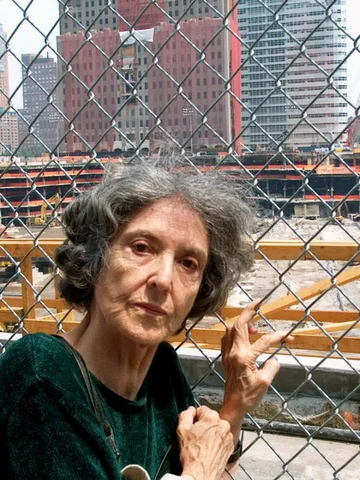 Even with her state declining, Maria remained a source of inspiration in theatre. Still filming the documentary she was working on, it conveyed her imagination, joy for her job, and creativity. Many theatre groups continued her way of making art and later analyzed her works.
Even with her state declining, Maria remained a source of inspiration in theatre. Still filming the documentary she was working on, it conveyed her imagination, joy for her job, and creativity. Many theatre groups continued her way of making art and later analyzed her works. -
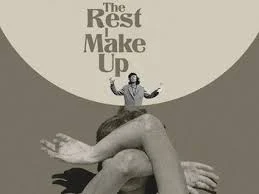 Michelle and Maria finally released their final work together. It has been in production for a while, but they have finally released it. It was well received by critics and audiences alike. People praised the film for being full of life, poetic, and very intimate for Maria to share some parts of her personal life. It later won several awards and was a deeply moving film.
Michelle and Maria finally released their final work together. It has been in production for a while, but they have finally released it. It was well received by critics and audiences alike. People praised the film for being full of life, poetic, and very intimate for Maria to share some parts of her personal life. It later won several awards and was a deeply moving film. -
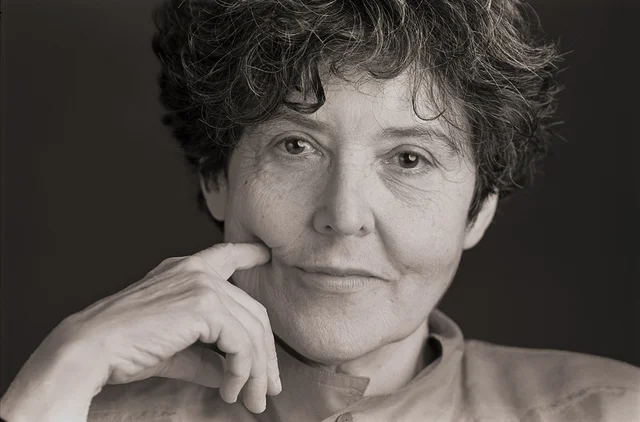 While in a nursing home in Manhattan, where she had been living due to her Alzehimers's, she peacefully passed and died from natural causes. She was still taken care of at this time, and her family and friends visited regularly to check on her. It wasn't a huge death or dramatic in the media; it was a peaceful and calm moment for her.
While in a nursing home in Manhattan, where she had been living due to her Alzehimers's, she peacefully passed and died from natural causes. She was still taken care of at this time, and her family and friends visited regularly to check on her. It wasn't a huge death or dramatic in the media; it was a peaceful and calm moment for her. -
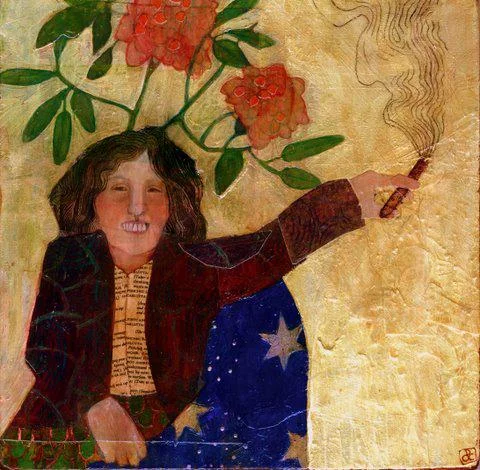 After her death, theatres and artists held tributes to her and her famous works.
After her death, theatres and artists held tributes to her and her famous works. -
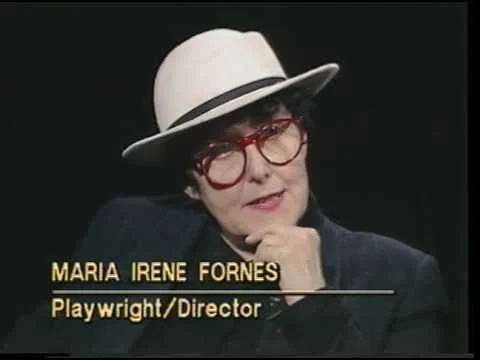 Present day, Universities and theatre schools still show her work and plays, and are analyzed/studied worldwide. A quote from her reads, "I want my plays to be alive, to keep changing." This idea is continued to be honored today, whether it's adaptations of her original play or if it's through analysis and alterism.
Present day, Universities and theatre schools still show her work and plays, and are analyzed/studied worldwide. A quote from her reads, "I want my plays to be alive, to keep changing." This idea is continued to be honored today, whether it's adaptations of her original play or if it's through analysis and alterism. -
-https://www.americantheatre.org/
-https://stageagent.com/writers/3332/maria-irene-fornes
-https://findingaids.library.nyu.edu/fales/mss_413/
-https://www.moma.org/calendar/events/
-https://www.wmm.com/catalog/film/the-rest-i-make-up/
-https://www.britannica.com/biography/
-https://www.fornesinstitute.com/about/
